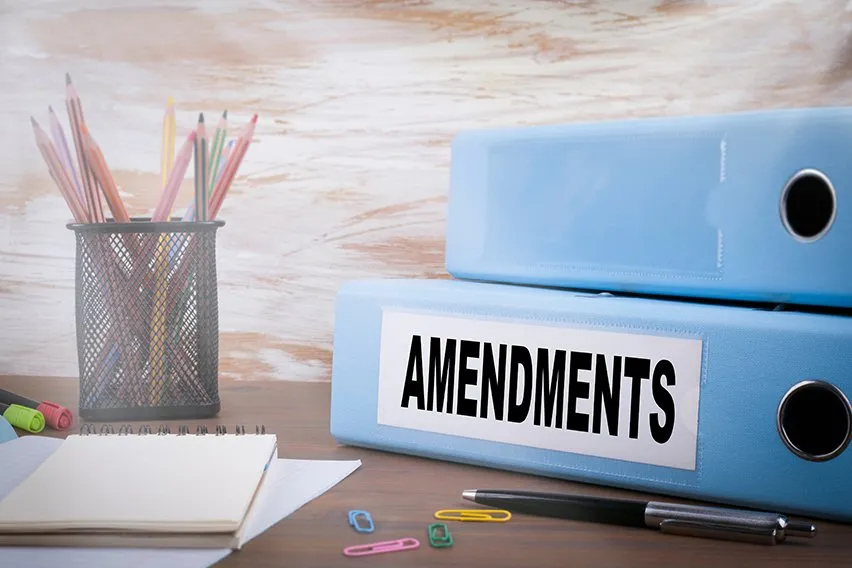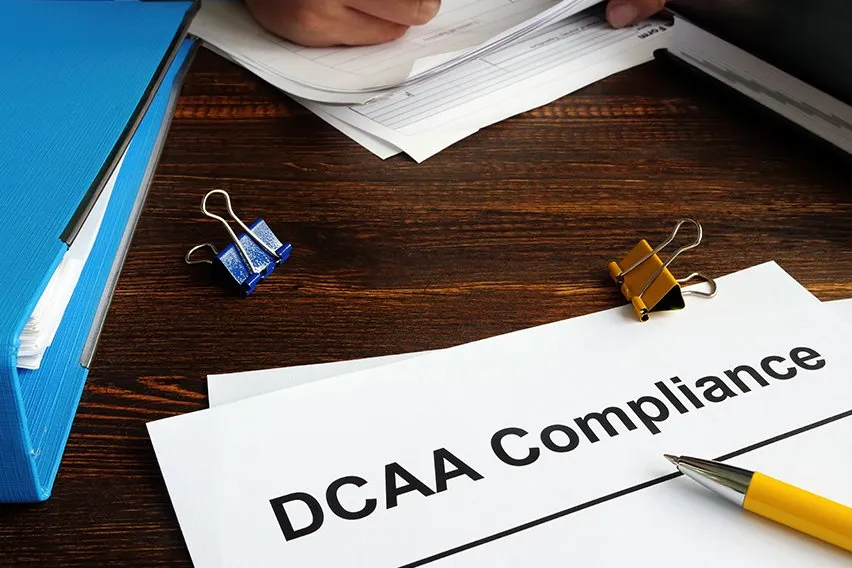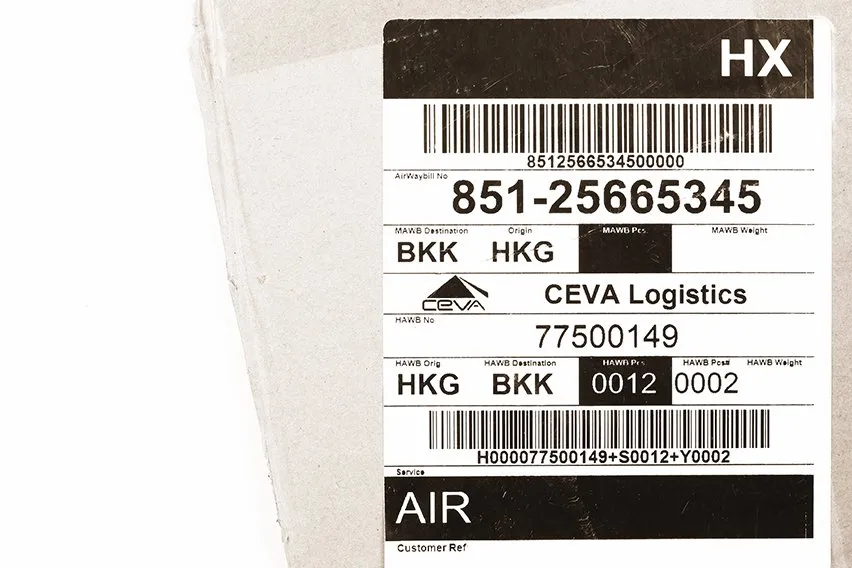Everything You Need to Know About the Durbin Amendment

The Durbin Amendment is a law that was passed in 2010, as part of the Dodd-Frank Act. It’s technically known as Regulation II, part of 15 U.S. C. § 1693o-2. Illinois Senator Richard Durbin proposed the amendment late in the drafting process, so it’s now named after him. The amendment requires the Federal Reserve to establish an official limit on debit card interchange fees.
What does this mean in practice, and how does it affect your business? Let’s take a look!
Here’s What We’ll Cover:
What Has This Meant for Businesses?
How Do Interchange Fees Work?
An interchange fee is a fee that a merchant pays each time a debit or credit card is used. Some people use the term “swipe fee,” although it’s not entirely accurate. Card-not-present debit card transactions incur the same fee, even though the card is not swiped. The purpose of these fees is to cover the cost of running the credit card interchange. They also help pay for fraud-prevention measures.
It’s important to note that interchange rates can vary from company to company and network to network. Different transaction types, and even different merchants, may also incur different rates. In the year 2019, the last year for which we have complete data, the average rate on debit card transactions was 0.78%.

Who Sets Interchange Fees?
Credit card companies each set their own interchange fee rate. That said, not all cards from the same financial institution will have the same rate. For example, Visa debit cards and Visa credit cards have different fees. Prepaid debit cards have yet another rate.
Even the same card will have different rates for in-person and online payments. It might even vary from merchant to merchant. Oftentimes, larger companies are able to negotiate lower rates, while smaller companies cannot.
Interchange fees consist of a small flat fee, plus a percentage of the transaction. For example, a particular card might come with a per-transaction fee of $0.25, plus 3% of the purchase. Some card companies charge additional fees on top of the interchange fee.
The important thing to remember is that the consumer does not pay these fees directly. Instead, they’re paid by the merchant or bank who processes the transaction. This has major implications for retailers. If they set their markups too low, they can actually lose money on card transactions!
Also Read: How to Pass on Credit Card Fees to Customers
What Has This Meant for Businesses?
In 2011, following the Durbin Amendment’s passage, the Federal Reserve enacted their limit. The maximum interchange fee for debit card transactions was pegged at $0.21 plus 0.05% of the transaction. Card issuers were also allowed to charge an additional $0.01 for fraud detection. On the average debit card purchase, that works out to 24 cents per transaction.
A second rule required card issuers to offer merchants the choice of at least two unaffiliated payment card networks. The intention was to increase competition among debit networks.
Whether or not the amendment has been effective is more controversial. Large retailers have been the biggest beneficiaries. Because they tend to deal in larger transactions, they’ve benefited most from the 0.05% limit.
Another benefit of lower debit card swipe fees is lower retail prices on high-ticket items. Previously, fees as high as 5% were routine. That’s a lot of money on a large purchase.
On the other hand, small retailers used to be able to negotiate lower fees for small purchases. Banks can no longer afford that. As a result, smaller merchants have suffered from the $0.21 base fee. That’s not much on a $50 purchase. But it’s more than 20% of a $1 purchase. The profitability implications are obvious.

The Durbin Amendment also encouraged debit card issuers to reconsider their rewards programs. Previously, there were almost as many debit card reward programs as there were for credit cards. But with strict limits on transaction fees, those programs became unaffordable.
At the same time, banks have instead begun to offer more rewards credit card choices. Whether this is good or bad news depends on whether you depend more on debit or credit cards.
Finally, many banks have begun charging higher fees for their checking accounts. This has led to higher consumer banking costs across the board. That said, you can avoid these costs by banking with a local bank or a credit union. Institutions with less than $10 billion in capital are excluded from the Federal Reserve rule.
Key Takeaways
The Durbin Amendment has had its successes and its failures. Depending on who you are, you may have benefitted. Regardless, it’s been an established rule for a decade at this point. So whether or not you knew about the Durbin Amendment, you’ve been living with it for some time!
If you want to learn more about how federal regulations can affect your business, take a look at our research hub. It’s jam packed with tips and tricks to help your company flourish.
RELATED ARTICLES

 What Is DCAA Compliance?
What Is DCAA Compliance? What Is a Rotating Shift?
What Is a Rotating Shift? SKU vs UPC Code: What’s the Difference?
SKU vs UPC Code: What’s the Difference? What Is Slotting? Definition, Best Practices & Benefits
What Is Slotting? Definition, Best Practices & Benefits Can a Business Owner File for Unemployment?
Can a Business Owner File for Unemployment? What Is Business Process Outsourcing (BPO)?
What Is Business Process Outsourcing (BPO)?